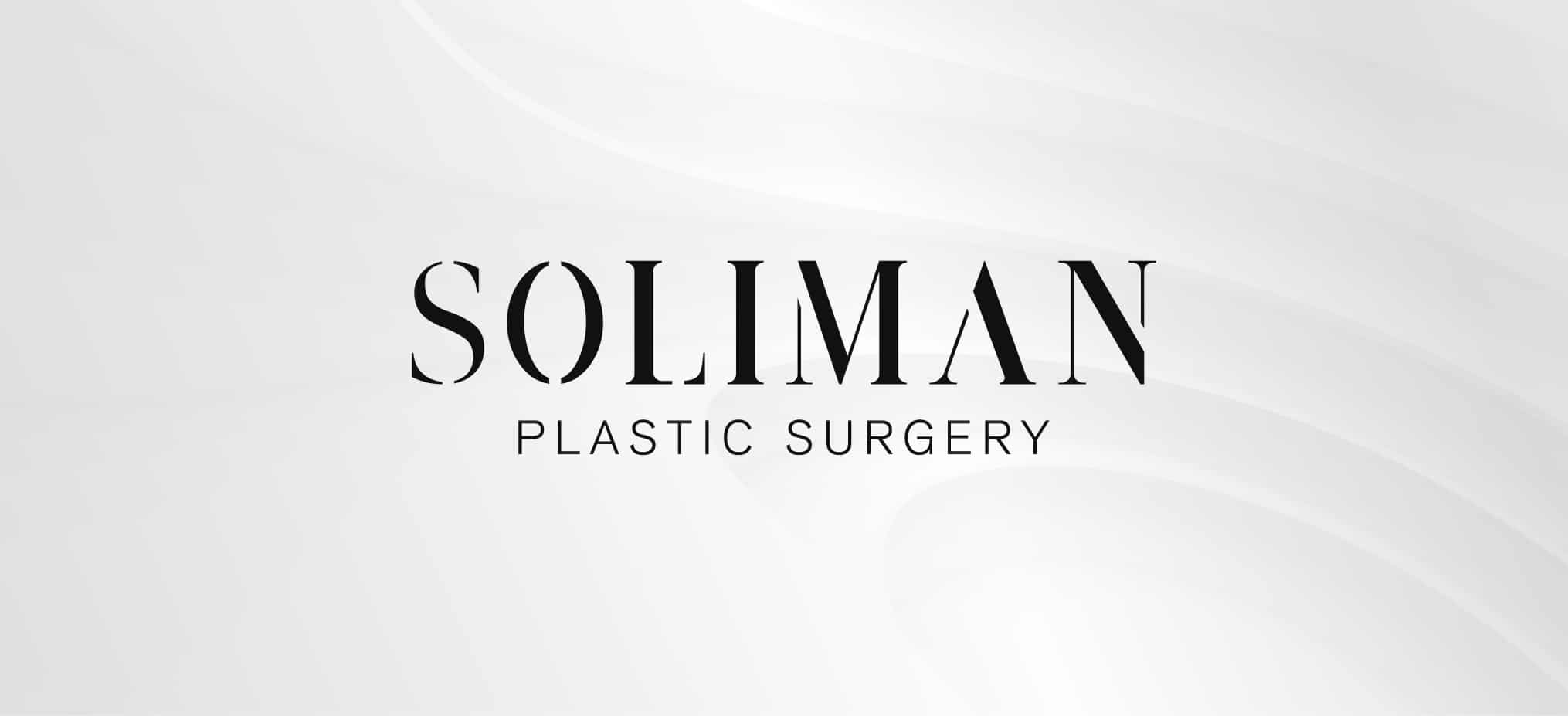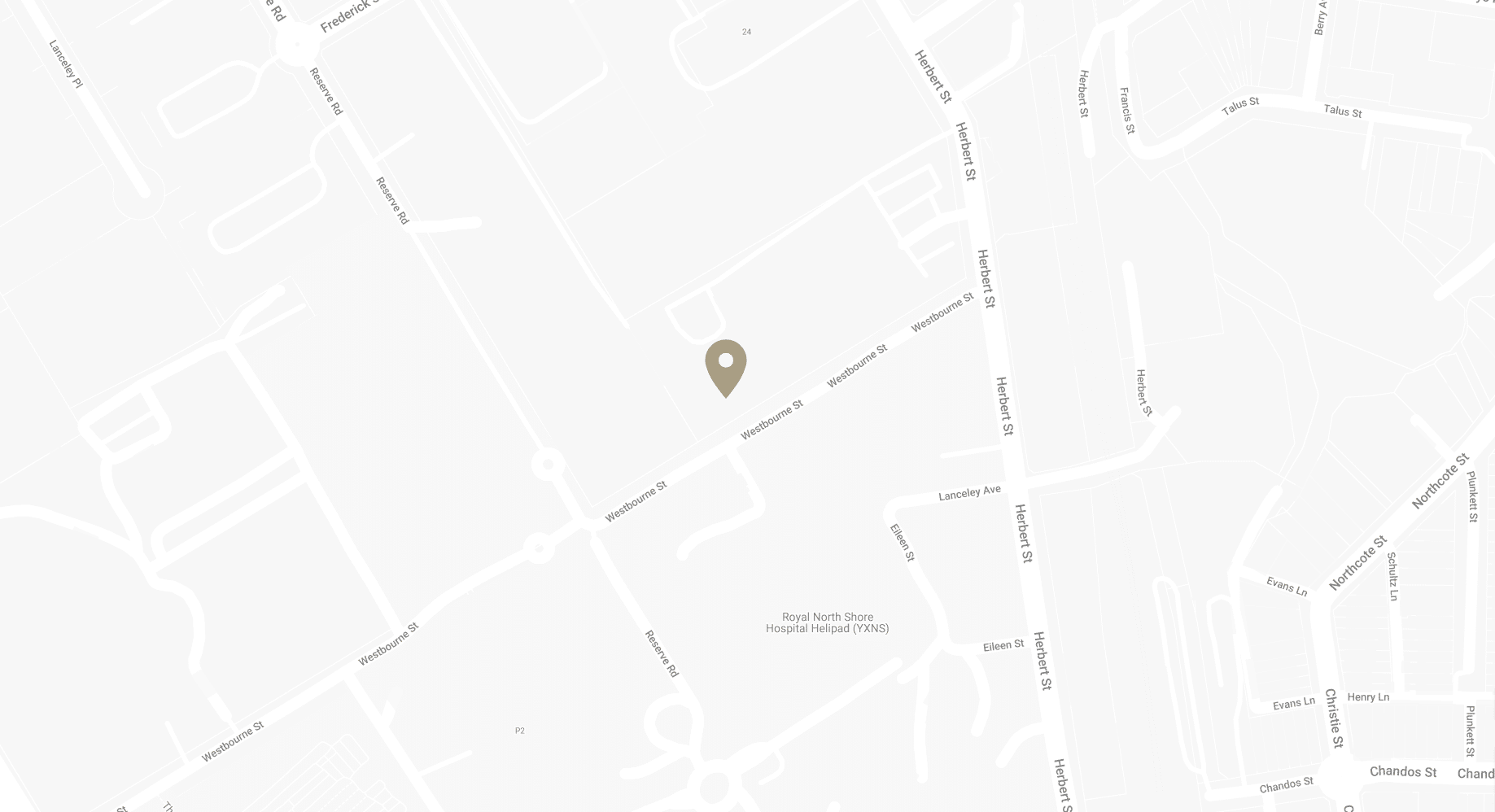Tips and Timeline for Breast Reduction Recovery
Recovery after breast reduction surgery is an essential phase that allows your body to heal and adjust to its new contours. By adequately preparing for this period, you can ensure an uneventful and more comfortable experience.
Sydney Specialist Plastic Surgeon Dr Bish Soliman regularly performs breast surgery, including breast reduction, breast augmentation, breast lift and breast reconstruction.
Download Dr Bish Soliman Breast Reduction Guide

Tips for Recovery after Breast Reduction Surgery
Here are some tips for the post-surgery period:
· Following Pre-Surgery Instructions
Dr Soliman will provide you with a set of pre-surgery instructions to follow in the days leading up to your breast reduction. These instructions may include guidelines regarding medication, diet, and lifestyle adjustments. It’s important to adhere to these instructions strictly, as they are designed to minimise the risk of complications and optimise your recovery. By following these guidelines, you can ensure that your body is in the best possible condition for surgery and recovery.
· Preparing Your Home
Creating a comfortable and supportive environment at home is essential for a smooth recovery. Before your surgery, make sure to prepare your living space. Arrange essential items such as comfortable clothing, extra pillows, and blankets within easy reach. Consider creating a cosy resting area where you can relax and recover without unnecessary exertion. Stock up on nutritious foods, as a balanced diet plays a vital role in healing. By preparing your home in advance, you can focus on resting and recovering comfortably after your breast reduction surgery.
What to Expect Immediately after Surgery
After your breast reduction surgery, you will be moved to a recovery room where you will gradually wake up from the anaesthesia. It’s normal to feel groggy and disoriented during this time. Here are some points to be aware of during the immediate post-operative period.
· Waking Up in the Recovery Room
As you wake up in the recovery room, you may experience a range of sensations, including grogginess, drowsiness, and mild discomfort. The medical staff will closely monitor your vital signs and provide any necessary pain medication to keep you as comfortable as possible. You may also notice bandages or dressings on your incision sites, and in some cases, surgical drains may be in place to remove excess fluid. Remember that it’s common to feel a bit overwhelmed or emotional during this time. Rest assured that the medical team is there to support you and answer any questions you may have.
· Managing Discomfort
Pain and discomfort are normal after breast reduction surgery, but Dr Soliman will provide appropriate pain management instructions and medications. It’s important to take your prescribed pain medication as directed to stay ahead of any discomfort. Applying cold compresses or ice packs to your breasts can also help reduce swelling and alleviate pain. However, make sure to follow Dr Soliman’s recommendations regarding the use of ice, as excessive or prolonged application can be detrimental to the healing process.
· Caring for Surgical Drains
In some cases, Dr Soliman may place surgical drains to help remove excess fluid and minimise swelling. These drains are temporary and will be removed during a follow-up appointment. It’s important to care for your drains properly to prevent infection and ensure optimal healing. Dr Soliman or a healthcare professional will provide detailed instructions on how to empty and clean the drains, as well as how to recognise signs of complications. By following these instructions diligently, you can help promote a smooth recovery process.
Taking Care of Yourself at Home
Once you’re discharged from the hospital, your recovery journey continues at home. Taking proper care of yourself during this period is crucial for optimal healing and achieving the best possible results.
· Follow Your Surgeon’s Instructions
Following Dr Soliman’s post-operative instructions is essential for a successful recovery. These instructions may include guidelines for wound care, medication management, and activity restrictions. It’s important to adhere to these guidelines strictly to minimise the risk of complications and ensure that your body heals properly. If you have any questions or concerns about the instructions provided, don’t hesitate to reach out to your surgeon or the medical team for clarification and guidance.
· Pain and Swelling
Pain and swelling are common during the initial stages of recovery after breast reduction surgery. To manage pain, continue taking any prescribed pain medications as directed by Dr Soliman. It’s also helpful to rest and avoid strenuous activities that could exacerbate discomfort. Applying cold compresses or ice packs to your breasts, as recommended by your surgeon, can help reduce swelling and provide some relief. Additionally, wearing a supportive bra or compression garment can aid in reducing swelling and promoting proper healing.
· Rest and Recovery
Rest is an important component of your recovery process. It allows your body to heal and rejuvenate. Make sure to allocate ample time for rest and sleep during the initial weeks following your surgery. Avoid activities that strain your chest muscles, such as heavy lifting or vigorous exercise. Instead, focus on relaxing activities like reading, watching movies, or engaging in light hobbies that don’t require physical exertion. By prioritising rest and recovery, you give your body the time it needs to heal and adjust to the changes made during the breast reduction surgery.
· Resuming Normal Activities
As your recovery progresses, you’ll reach a point where you can gradually resume your normal activities. However, it’s important to approach this phase with caution and follow your surgeon’s recommendations to ensure a smooth transition.
· Returning to Work
The timeline for returning to work after breast reduction surgery varies depending on the nature of your job and your individual healing process. In general, most individuals can return to office-based or sedentary work within one to two weeks. But if your job involves physical exertion or heavy lifting, you may need to wait longer before resuming work. It’s important to discuss your specific work requirements with Dr Soliman to determine the most appropriate time to return. When you do go back to work, consider gradually increasing your workload and taking breaks as needed to avoid overexertion.
· Exercise and Physical Activity
Engaging in regular exercise and physical activity is important for your overall health and well-being. However, it’s ok to give your body enough time to heal before resuming exercise after breast reduction surgery. Dr Soliman will provide specific guidelines regarding when it’s safe to start exercising and what types of activities are suitable during each stage of your recovery. Initially, focus on light activities such as gentle walking or stretching. Gradually increase the intensity and duration of your workouts as advised by your surgeon. Remember to listen to your body and avoid pushing yourself too hard too soon.
Long-Term Recovery and Results
Breast reduction surgery offers long-term benefits, and the recovery process continues beyond the initial healing phase. Taking proper care of your incisions is an essential part of long-term recovery.
· Incision Care and Scar Management
Proper incision care is important for minimising scarring and achieving the best possible results. Dr Soliman will provide you with detailed instructions on how to care for your incisions, including how to clean them, apply any necessary ointments, and protect them from sun exposure. It’s important to follow these instructions diligently and attend all scheduled follow-up appointments to monitor the healing progress. Additionally, your surgeon may recommend scar management techniques such as silicone gel sheets or creams to help minimise the appearance of scars over time.
· Follow-Up Appointments
Attending your scheduled follow-up appointments is essential for ensuring that your recovery is progressing as expected. During these appointments, Dr Soliman will assess your healing, remove any sutures or surgical drains if necessary, and address any concerns or questions you may have. These appointments also provide an opportunity to discuss long-term care and any further steps you may need to take to optimize your results. Be sure to communicate openly with your surgeon and seek their guidance throughout the entire recovery process.
Breast Reduction Recovery Timeline
Here is a rough estimate of what the recovery timeline may look like:
Immediately After Surgery
Once the surgery is over, you will likely spend a few hours in the recovery room for monitoring before you are allowed to go home. You’ll be bandaged and wearing a surgical bra. You may experience discomfort and grogginess from the anaesthesia. You need to have someone drive you home and stay with you for at least the first 24 hours post-surgery.
The First Week
During the initial week after surgery, it’s normal to experience swelling, bruising, and discomfort. Dr Soliman will prescribe pain medication to help you manage. You’ll be instructed on how to care for your surgical drains, if you have them, and bandages. It’s essential to rest and avoid any strenuous activities.
Two Weeks Post-Surgery
By the second week, you may start to feel more like yourself. Pain should begin to subside, though some swelling may still be present. If you had surgical drains, they’d likely be removed by this point. Many people feel well enough to return to work and light activities, though you should still avoid heavy lifting or vigorous exercise.
One Month and Beyond
Around the one-month mark, most of the swelling should have subsided, and you’ll start to see the new shape of your breasts. You may still have some residual soreness and your scars will still be quite noticeable – this is normal. You’ll likely be cleared for more vigorous activity and exercise at this point, but it’s always important to check with your surgeon first.
Several Months Post-Surgery
Several months after surgery, any residual swelling should be gone, and your breasts will have settled into their new shape. Your scars will begin to fade, though they will not disappear completely. By this time, you should be able to resume all normal activities.
FAQs about Brest Reduction Recovery
How long does the pain last after breast reduction surgery?
- While everyone’s experience with pain varies, most patients report significant improvement within the first two weeks following surgery. After this, residual discomfort can persist for a few weeks but usually improves steadily. Your plastic surgeon will provide medication to manage the initial discomfort and advise on over-the-counter options for any lingering pain.
When can I return to work after breast reduction surgery?
- This largely depends on the nature of your job. If your work involves light activity, you might be able to return within one to two weeks. For more physically demanding jobs, you might need to wait three to four weeks. Always consult with Dr Soliman for personalised advice.
Will the scars from breast reduction surgery fade?
- Scars from the surgery will fade over time, but they won’t disappear completely. The extent of scarring can depend on various factors, including your genetics, the surgical technique used, and how well you follow post-operative care instructions. Most scars will become less noticeable 12 to 18 months after surgery.
Can I exercise after breast reduction surgery?
- Yes, but it’s important to wait until Dr Soliman gives you the go-ahead. Light walking can be resumed fairly soon after surgery, but more strenuous activities and exercises involving the upper body will need to be avoided for about four to six weeks post-surgery.
How soon will I see the final results of my breast reduction surgery?
- Your breasts will settle into their new shape gradually over several months. Most of the swelling usually subsides after the first month, and you should be able to see your final results anywhere from six months to a year post-surgery. It’s important to be patient and give your body the time it needs to heal.
Further Reading about Breast Procedures with Dr Soliman
- Read Dr Soliman’s Breast Lift (Mastopexy) Surgery Page
- Read Dr Soliman’s Breast Reduction Surgery Page
- Read Dr Soliman’s Breast Implant Removal Surgery Page
- Read Dr Soliman’s Blog about How to Prepare Yourself for Breast Augmentation Surgery
- Read Dr Soliman’s Breast Augmentation Surgery Page
- Read Dr Bish Soliman’s Blog about How to Prepare for Breast Reduction
- Read Dr Soliman’s Blog about How to Treat and Reduce Bruising after Breast Reduction
Medical References about Recovery after Breast Reduction Surgery
- Breast Reconstruction Recovery – American Society of Plastic Surgeons
- Breast Reconstruction – Cleveland Clinic
- Breast Reduction Scars: Healing, Appearance & Treatment – Cleveland Clinic
- Breast Reduction Surgery: Purpose, Procedure, Risks – WebMD



